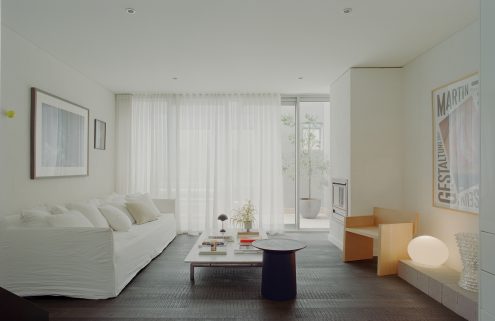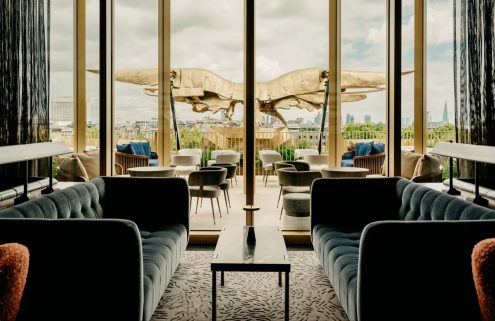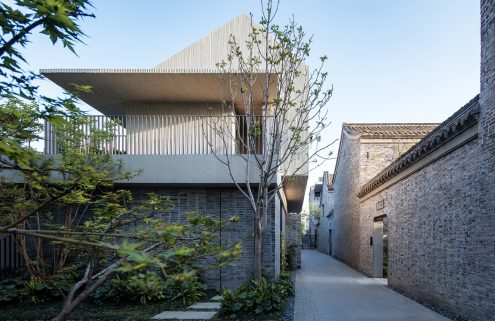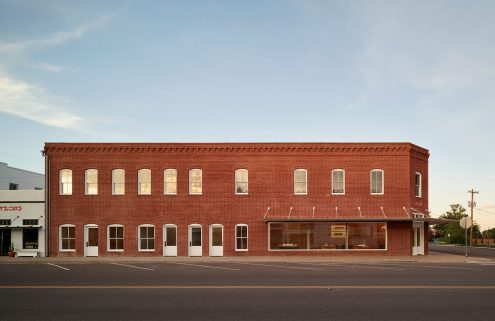This Berlin brewery has swapped beers for artworks, becoming a new cultural hub in the city’s Neukölln district.
Kindl Centre for Contemporary Art is a cluster of spaces spanning 5,500 sqm – including a boiler house, three-storey power house and a brew house, dominated by six massive brewing coppers. Its boiler house began showing art in 2014, but the building opened in its entirety this weekend.
German-Swiss couple Burkhard Varnholt and Salome Grisard are behind Kindl’s revival. They bought the empty red-brick structure – built between 1926 and 1930 – five years ago and set about transforming it.
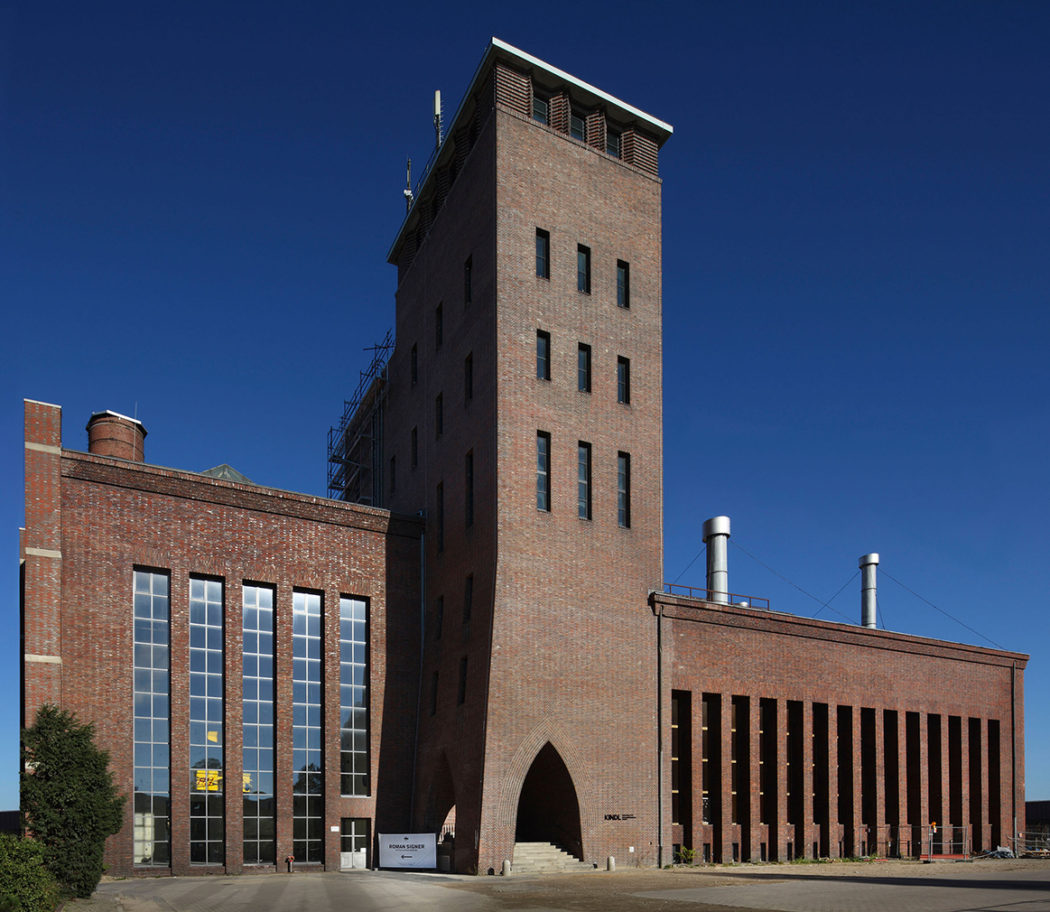
Kindl Centre for Contemporary Art. Photography: Jens Ziehe, Berlin, 2014
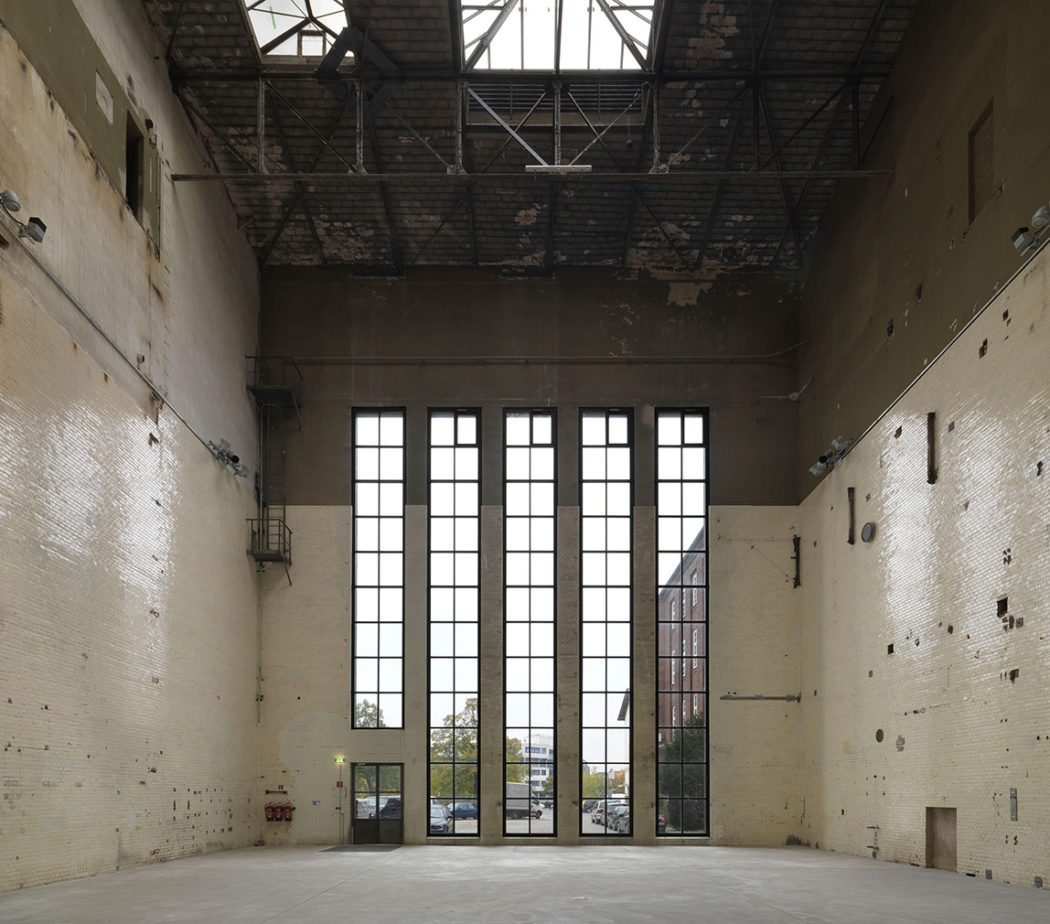
The boiler house. Photography: Jens Ziehe, Berlin 2015
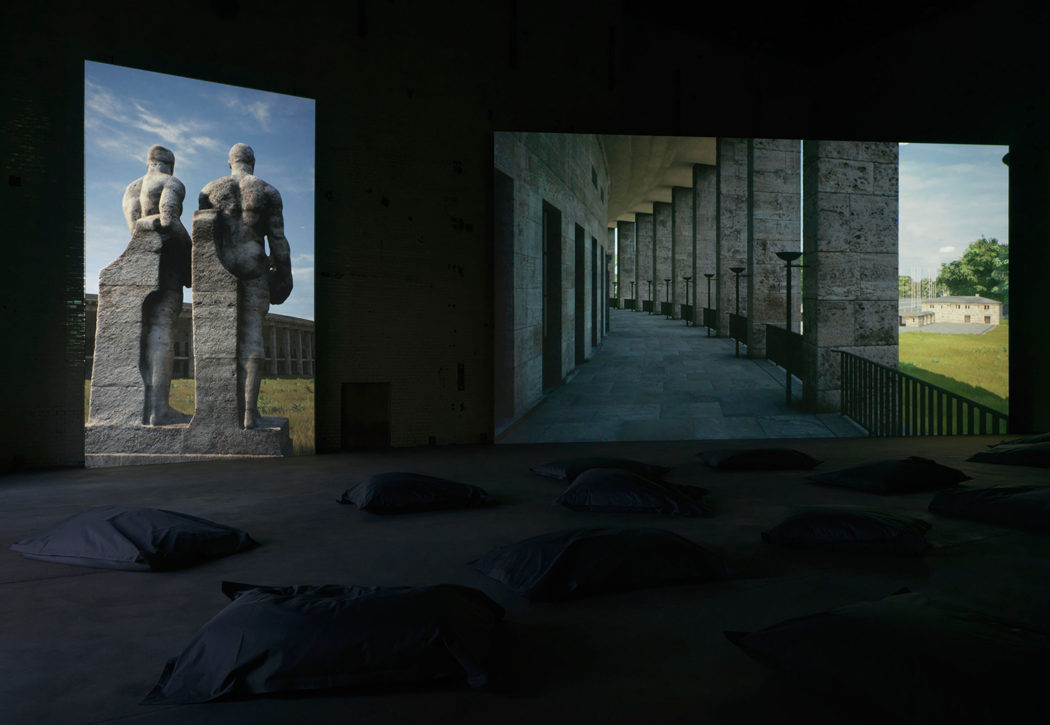
Installation view of David Claerbout’s ‘Olympia’, 2016 – a real-time projection inside the boiler house. Photography: Jens Ziehe, Berlin, 2016
(c) David Claerbout / VG BILD-KUNST, Bonn, 2016
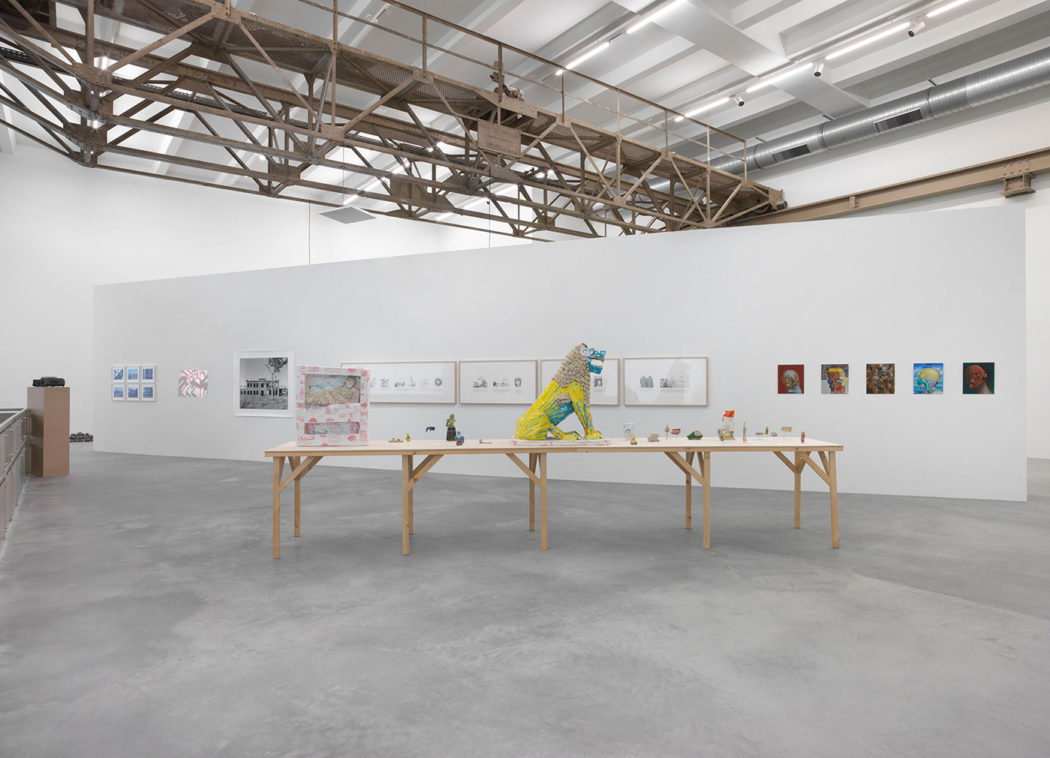
How Long Is Now? exhibition at Kindl’s power house (ground floor, M0). Photography: Jens Ziehe, 2016
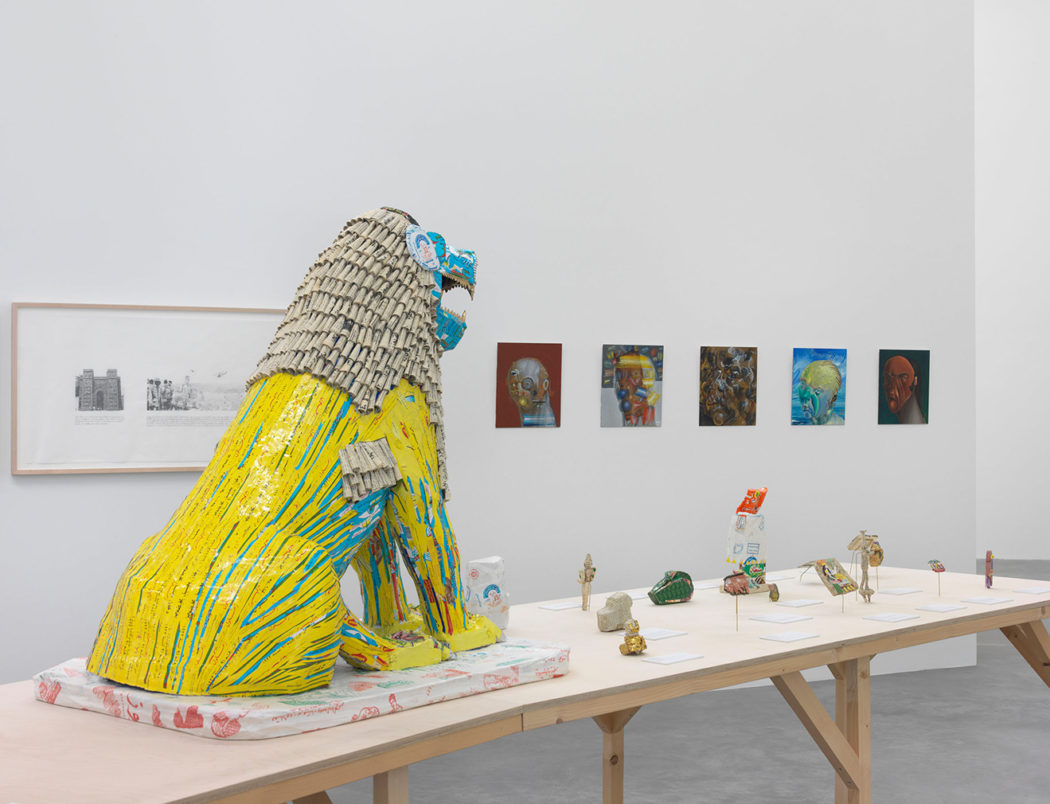
How Long Is Now? exhibition at Kindl’s power house (ground floor, M0). Photography: Jens Ziehe, 2016
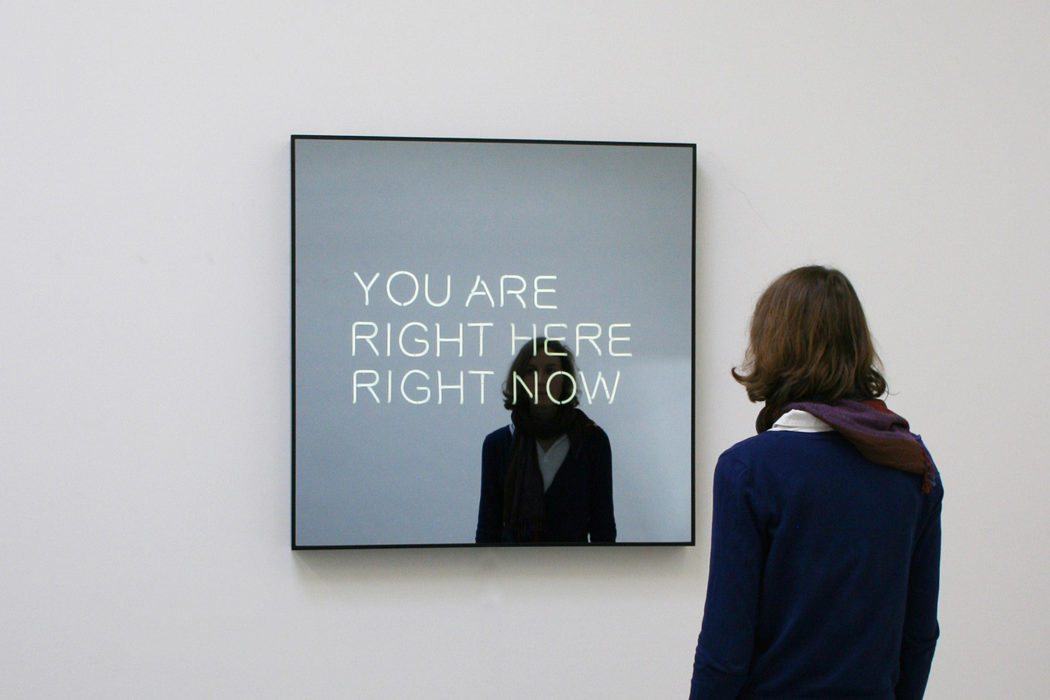
Jeppe Hein, ‘You Are Right Here Now’, 2012. Courtesy König Galerie, Berlin / 303 Gallery, New York / Galleri Nicolai Wallner, Copenhagen. Photography: Studio Jeppe Hein
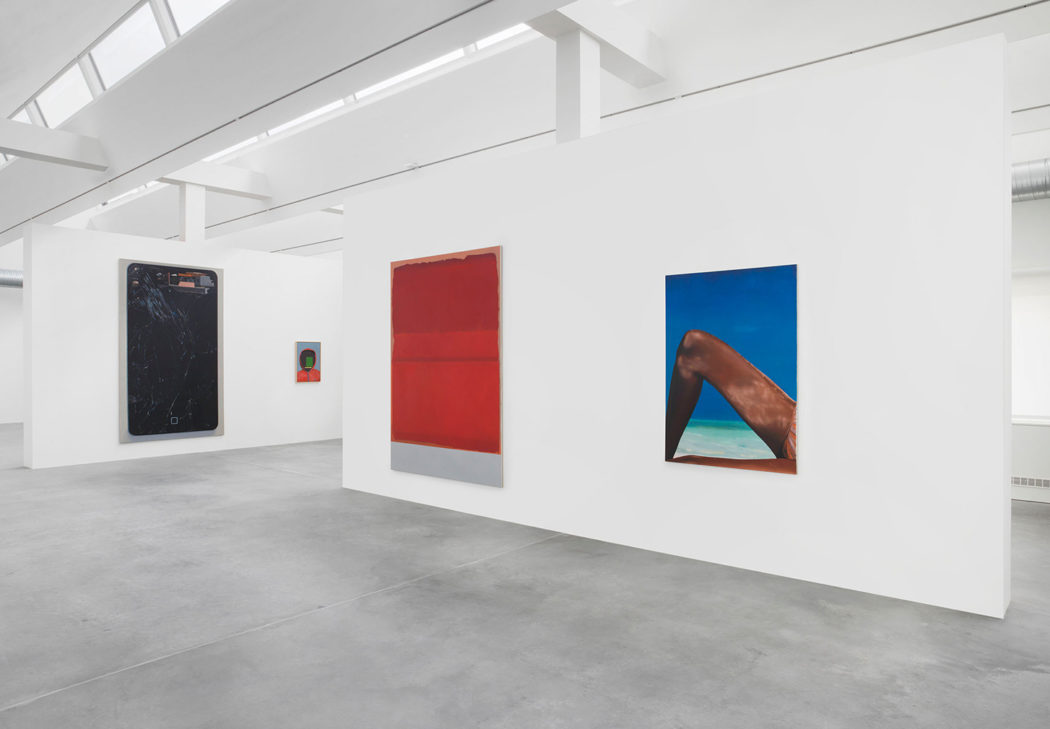
Exhibition at Kindl’s power house (second floor, M2)
Photography: Jens Ziehe, 2016
In a speech at the centre’s opening, the couple said a quote by Irish playwright George Bernard Shaw sprang to mind when they first saw the building: ‘We want a few mad people now. See where the sane ones have landed us!’
Grisard’s own architecture firm helped turn their ambitious vision into a reality. They also tapped architects Dr Krekeler and Partner to manage the building’s transformation, which included adding a saw-tooth roof, external staircase and entrance area.
Andreas Fiedler is handling the curatorial programme, which will have an international slant. ‘Each of the spaces here have their own unique quality and the exhibitions are developed to emphasise these characteristics,’ said the artistic director.
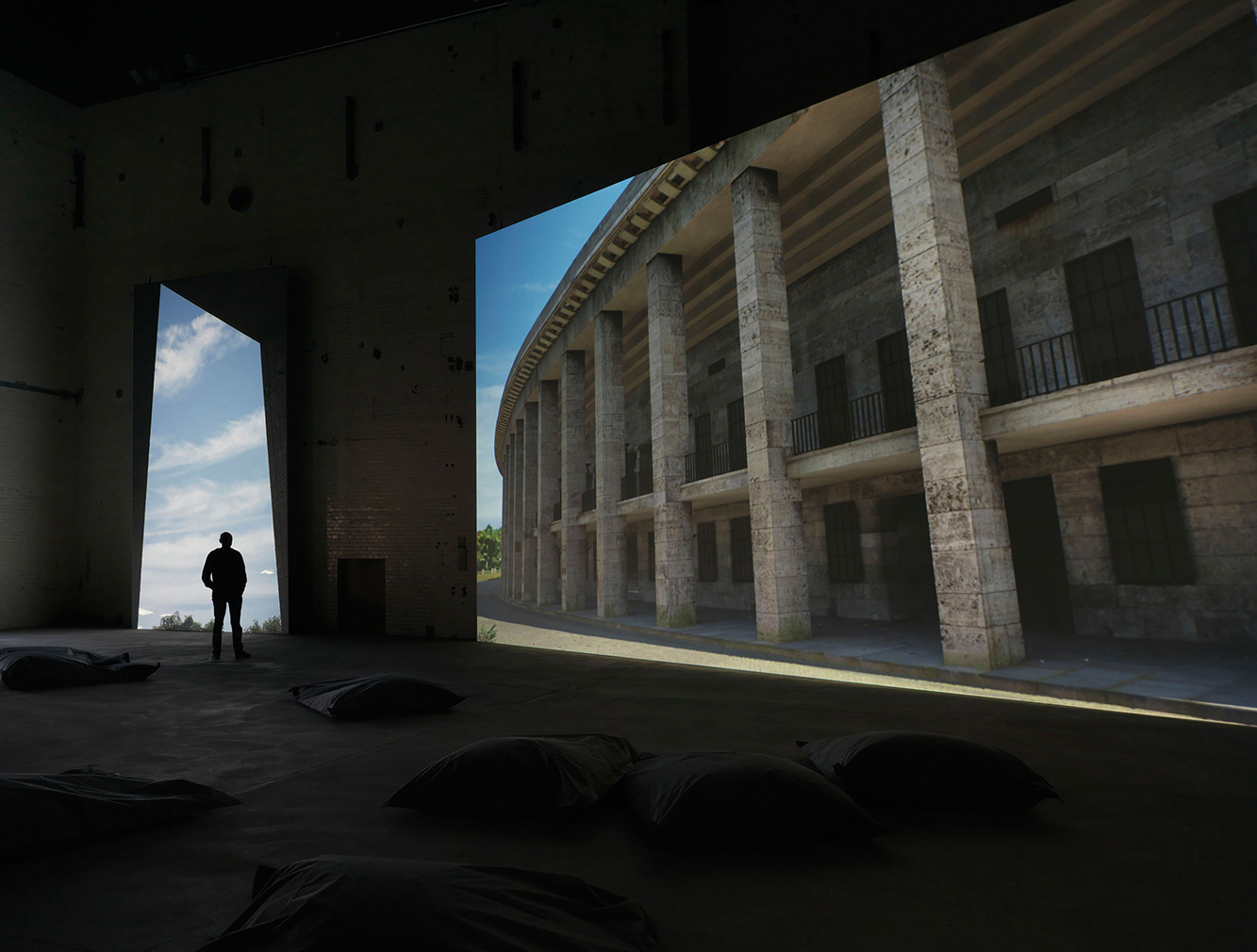
For instance, the boiler house – a room 20m in length, width and height – is designated for site-specific installations. Currently, a large-scale video installation by David Claerbout titled ‘Olympia (The Real-Time Disintegration into Ruins of the Berlin Olympic Stadium over the Course of a Thousand years)’ commandeers the space.
The freshly renovated power house is a more classical white cube gallery space, but with unconventional elements like a glass cabin and huge crane on the first floor, as well as an impressive view of the city on its top floor.
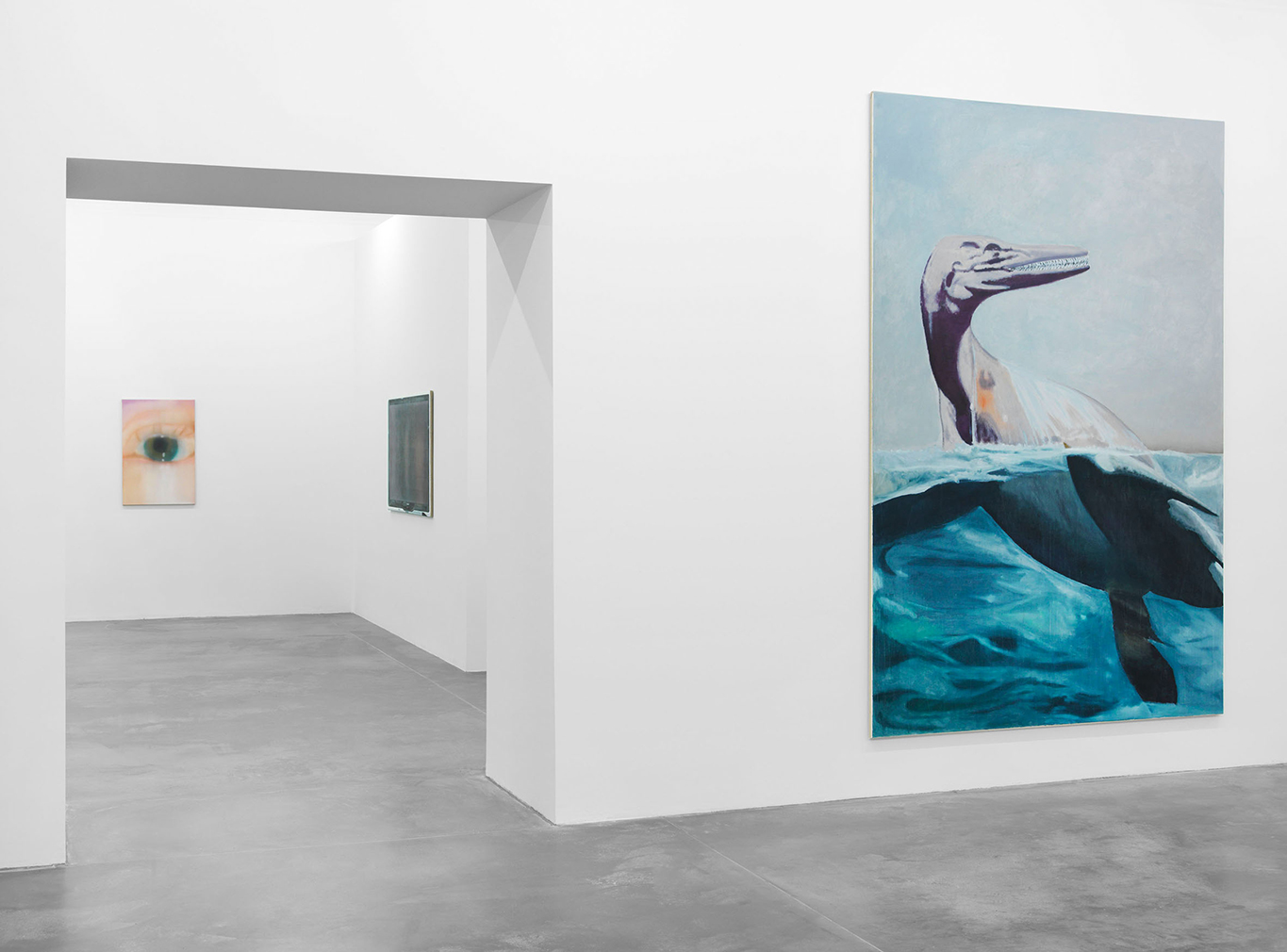
Photography: Jens Ziehe, 2016
A solo show by German artist Eberhard Havekost inaugurates part of the power house, while the other space features a group exhibition exploring what it means to be ‘contemporary’ in the context of artistic production.
Kindl Centre for Contemporary Art – named after the Kindl beer once brewed on the premises – sits in an industrial area of Neukölln district. Although the neighbourhood is far from gallery-dense, like other Berlin districts such as Mitte and Charlottenburg, Fiedler said he’s glad to be establishing an arts venue in this part of the city.
‘Neukölln is a vibrant and lively neighbourhood, which is the kind of place we want Kindl to become as well,’ he explained. ‘Alongside the café and beer garden, our vision for the Kindl Centre for Contemporary Art is that it becomes a meeting point for all kinds of people with different interests that go beyond art.’
Read next: A Berlin bunker becomes a beguiling new art gallery.
